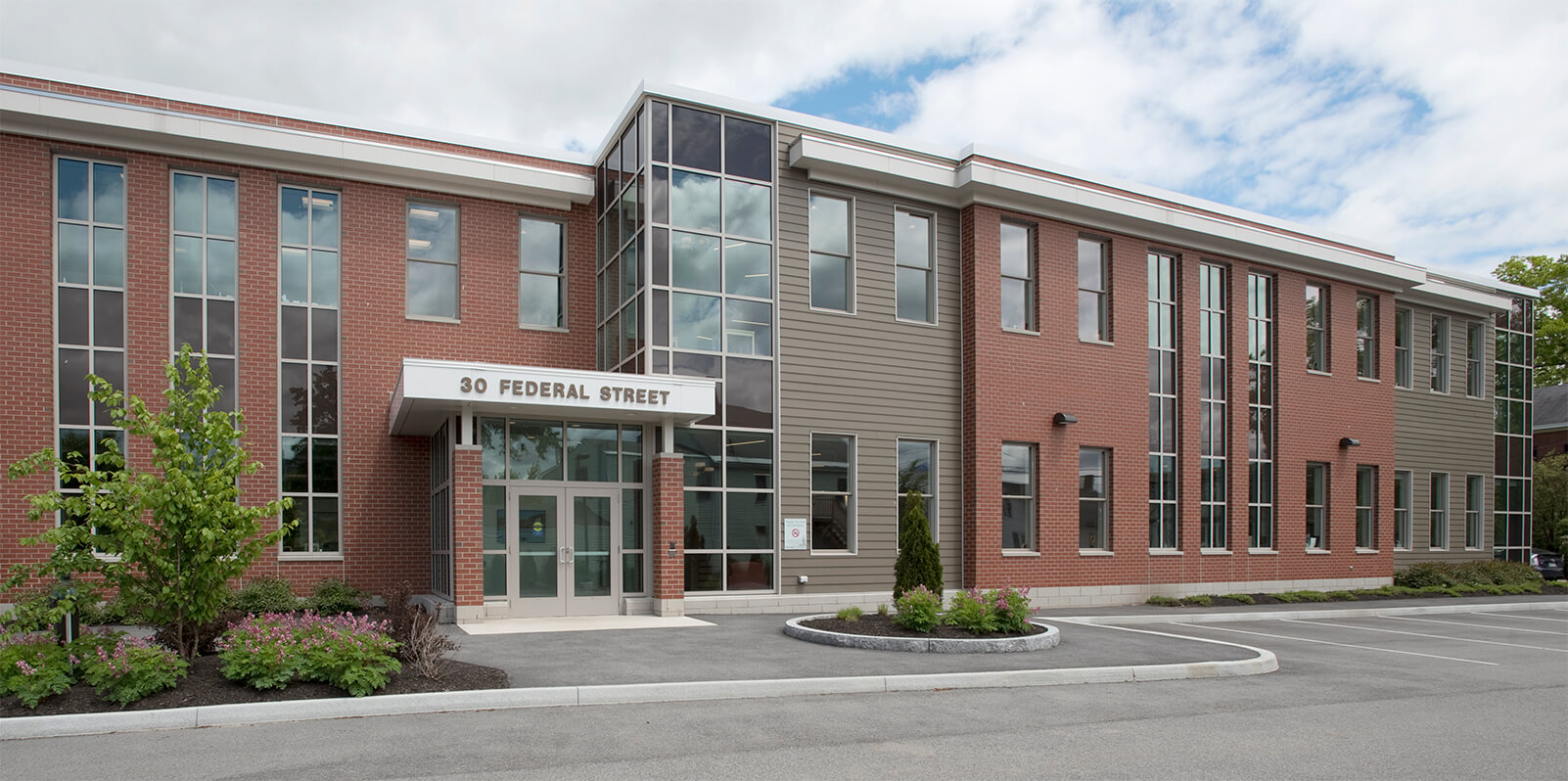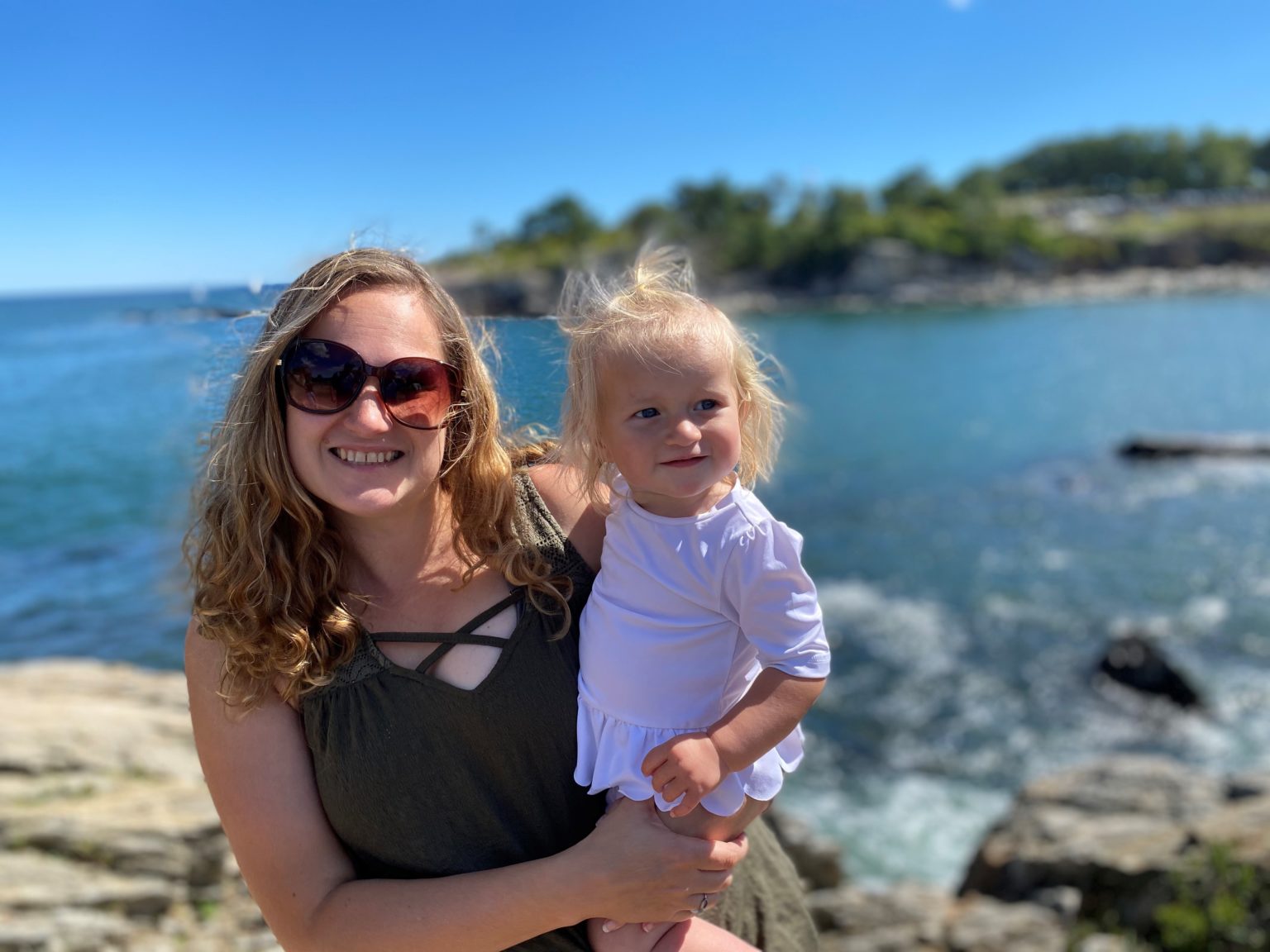April 08, 2020
CEI Comment on Modernizing the Community Reinvestment Act (CRA) Regulation
April 8, 2020
Chief Counsel’s Office
Attention: Comment Processing
Office of the Comptroller of the Currency
400 7th Street, SW., Suite 3E-218,
Washington, DC 20219
Robert E. Feldman, Executive Secretary
Attention: Comments RIN 3064-AF22
Federal Deposit Insurance Corporation
550 17th Street NW
Washington, DC 20429
OCC Docket ID OCC-2018-0008
FDIC Docket ID RIN 3064-AF22
To Whom It May Concern:
Coastal Enterprises, Inc. (CEI), appreciates the opportunity to comment on modernizing the Community Reinvestment Act (CRA) regulation.
Introduction
CEI is a 43-year-old Community Development Financial Institution (CDFI) that helps to grow good jobs, environmentally sustainable enterprises, and shared prosperity in Maine and in rural regions throughout the country by integrating financing, business and industry expertise, and policy solutions. CEI envisions a world in which all communities are economically and environmentally healthy, enabling all people, especially those with low incomes, to reach their full potential.
Since 1977, the CEI family of organizations has provided $1.4 billion in financing to over 2900 enterprises, creating or retaining over 41,000 jobs and leveraging another $2.8 billion; created/preserved over 2000 affordable homes; provided training and counseling to over 57,000 individuals and businesses; created/preserved more than 6,000 child care slots; and provided leadership on state and federal policy initiatives, including consumer protection and community investment issues at the state and federal level. CEI was a founding member of the New Markets Tax Credit Coalition and helped to shape that program, and has been a leader in New Markets, community development venture capital, and other creative and high-mission capital deployment in Maine and beyond. CEI is also a NeighborWorks Organization and a member of the National Community Reinvestment Coalition (NCRC), the Opportunity Finance Network (OFN), the CDFI Coalition, the New Markets Tax Credit Coalition, and the National Association of Affordable Housing Lenders (NAAHL).
CRA has been a critical factor in CEI’s success in raising and deploying capital, which has contributed in deep and measurable ways to Maine’s economic and community development. Like other CDFIs nationwide, CEI receives a majority of the funds that it lends and invests from financial institutions, from small community banks to large national lenders. These funds range from small operating grants, to program related investments, lending facilities, and equity investments in CEI’s venture capital subsidiary funds. Without the incentives of CRA, we would have been challenged to raise this capital and our impact would be significantly less.
In preparing these comments, CEI participated in many calls of our various networks and trade associations, and consulted extensively with our bank partners, from small community banks to large national institutions. All acknowledged the need for CRA reform to adapt to a greatly changed banking landscape, provide greater certainty and predictability for financial institutions and LMI communities, and to incentivize more CRA investment in areas of need. Broad concern was raised, however, about the heavily ratio-based assessment approach, the dramatic expansion of “what counts,” and the increased data collection and reporting burden on banks, especially small banks.
Before commenting on specific aspects of the proposed Rule, we would like to offer a broader set of comments on the proposal generally:
1. COVID-19 Pandemic: CEI recognizes that the last major CRA reform was a quarter of a century ago and that modernization to address a vastly changed banking landscape is overdue. CEI has consistently supported CRA modernization to address these changes – although we have urged against sweeping changes and in favor of proceeding with caution. Now, however, the nation and world are seized by a pandemic that has already caused immediate, devastating economic impact. The medium and long-term economic fallout is unknown, but a prolonged recession and period of high unemployment seem almost inevitable. CEI believes that now is not the time to ask banks, community development lenders, and LMI communities to adopt and implement broad and deep changes to CRA.
2. Regulator Consensus: CEI strongly believes that no CRA reform should proceed without the full agreement and participation of all three regulatory agencies. It is unreasonable to ask financial institutions, community organizations, advocates, and LMI communities to understand and adapt to two separate regulatory systems. We urge the OCC and FDIC not to implement CRA reform without the full participation and concurrence of the Federal Reserve.
3. Ratio-driven Assessment: While CEI recognizes that the proposed Rule retains a role for performance context, we believe that the heavy focus on a ratio of dollar volume of qualifying activities divided by total deposits will have the negative consequence of disincentivizing smaller, more challenging transactions, including those in rural areas such as Maine. It will be far easier for a bank to focus its CRA activity on large transactions, with no regard for the specific needs of the communities they serve. While we appreciate that the use of multipliers is intended to counteract this disincentive, we believe that a 2x multiplier for a CDFI loan or a transaction in Indian Country is insufficient and would actually reduce investment in our most vulnerable communities.
Specific Comments:
1. What Counts
Again, CEI appreciates the intent of the proposed Rule to bring clarity, consistency, and certainty to the CRA evaluation process. We fully support the proposal to publish a list of eligible activities, to update that list regularly, and to offer processes for confirming an activity would receive CRA credit.
We are concerned, however, about the proposed dramatic expansion of what counts. Specifically:
- We oppose increasing the small business and small farm size from revenues of $1 million to $2 million and increasing eligible loan amounts to $2 million. In our rural Maine market, we see the greatest need for small business and farm capital at levels under $1 million. As the NeighborWorks America comment letter put it, “The proposed increases to the revenue and loan size limitations for small businesses and farms would have a negative impact on the availability of credit for the small businesses and farms that face the greatest challenges in accessing credit. The focus should remain on truly small enterprises, and credit availability for small loans is much more limited. Because of their scale, these loans are relatively more labor intensive to underwrite and generate less revenue than larger ones. NeighborWorks anticipates that increasing eligibility thresholds would result in capital moving away from these products when banks can get more credit per transaction for larger loans, further exacerbating the credit challenges that CRA is intended to address.” The Federal Reserve’s 2019 Small Business Credit Survey found that 92 percent of business owners seeking capital sought financing of less than $1 million, with 57 percent seeking less than $100,000 in financing.
- We oppose consumer loans including credit card and automobile loans as qualifying activities. While LMI people do need access to debt capital, there is nothing in the proposed Rule that requires that these loans be responsible, affordable, or take ability to pay into account.
- We oppose the inclusion of investments in qualified Opportunity Zones (OZs) without regard to the LMI impact of those investments. CEI is well aware of the potential economic development benefits that Opportunity Zones offer. Through a subsidiary, CEI has created its own Opportunity Zone fund, with a commitment to invest in projects that benefit LMI communities and workers. But there is no regulatory requirement or other assurance that OZ investments provide such benefit, and it appears likely that the vast majority will not. Some may well contribute to gentrification and the displacement of LI residents and small businesses.
- We oppose including infrastructure investments that do not have a direct, measurable benefit to LMI people and communities. We agree that infrastructure can be important to LMI communities and support CRA credit for infrastructure that has a direct benefit. We see a particular need in rural areas for investment in high speed internet infrastructure – a need that is highlighted in the context of the pandemic, when access to the internet is critical for students, teachers, and workers forced to stay home.
CEI supports the addition of CDFIs to the criterion for ventures undertaken by a bank in cooperation with a minority depository institution, women’s depository institution, or low-income credit union. We recommend that organizations holding a charter from NeighborWorks America be added to this list. NeighborWorks organizations undergo rigorous financial and management assessments prior to receiving their charters and on an ongoing basis thereafter. Furthermore, membership in the NeighborWorks network is only available to organizations that demonstrate a commitment to resident leadership, ensuring that the organization continues to represent the interests of the communities in which it works.
CEI also applauds the explicit inclusion of activities in Indian country.
2. Where it Counts
CEI appreciates the Agencies’ attempt to balance the current reality of online banking and branchless institutions with the continued importance of local presence and the imperative to serve local communities.
We agree with the proposal to retain “facilities-based” Assessment Areas (AAs). As a CDFI serving rural Maine and other rural regions, we also support a bank’s option to designate a non-metropolitan statewide AA. We believe that this will provide important incentives for banks to invest in rural communities that might otherwise be overlooked.
While we agree that there must be ways to hold national, internet, and branchless banks accountable, we cannot support the proposal to create deposit-based AAs for non-traditional and internet-based banks that collect a significant portion of their retail deposits from outside their facilities-based assessment areas. Currently, banks do not geocode the addresses of on-line depositors, resulting in a lack of available data to assess this approach. Because this data is not currently collected, it is unclear what the impact will be and whether the creation of “deposit-based” AAs will in fact result in increased LMI investment and impact, particularly in rural banking deserts. We believe that it would not, since it is likely that more deposits come from more populated regions. Further, on-line and branchless banks likely target their marketing to more affluent households. At a minimum, sufficient data to predict the likely outcomes of creating deposit-based AAs is lacking. We note that our bank partners tell us that adding this requirement will require considerable time and resources.
We suggest that there may be better ways to create a system that holds banks accountable. NAAHL has suggested that internet banks be treated as “essentially nationwide institutions, fully accountable without establishing deposit-based AAs.” NAAHL outlines methods for assessing these banks that compare retail loan distribution against national benchmarks and measure community development activity nationally. NeighborWorks suggests that the Agencies explore a market-share based AA system, whereby AAs would be defined in places where a bank captures a significant portion of the local market. We believe that any approach to assessment of branchless and internet banks requires more data and analysis. Therefore, we urge the Agencies to gather and publish sufficient data to re-evaluate, assess impact realistically, and determine an approach to AAs based on that assessment.
3. How it Counts
The NPRM lays out an assessment method that relies heavily on the ratio of CRA-qualified activities to total deposits. While the proposed Rule attempts to balance this ratio-driven method in a variety of ways – by using multipliers and performance context – we are deeply concerned that the overall impact of this approach will be to drive banks toward large, less-difficult transactions in metropolitan centers. Here are some specific issues with the proposal:
- The NPRM sets a 2 percent minimum for Community Development activities to receive a Satisfactory or Outstanding rating. We believe that the 2 percent threshold is too low, but there is a further difficulty: CD activities include services, which currently are counted separately as part of the service test. This inclusion creates an enormous disincentive to provide services to non-profit organizations, since the dollar value of these services will be easily swamped by a few CD loans or investments.
- Similarly, the value of a few larger investments will easily outweigh the many small but important grants that financial institutions make to non-profit organizations doing critical work in their communities.
- The proposed Rule offers a 2X multiplier for certain activities, including those undertaken in partnership with CDFIs or in Indian country. We do not believe that this multiplier is sufficient to incentivize loans and investments that are more challenging and require building long-term relationships. For many small CDFIs, a PRI or lending facility of $150,000 has a huge impact – but even with a multiplier, that investment is swamped by one or two LIHTC deals or, certainly, one stadium in an OZ. And as the NPRM itself notes, the multiplier can be an incentive to do less, not more.
- The Proposed Rule suggests that banks that achieve a Satisfactory rating in just 50 percent of their AAs would receive an overall Satisfactory rating, and asks whether this is the right percentage or if it should be higher (80 percent). The problem here is not with the number, but with the tacit permission it gives banks to pick and choose which communities to serve. Any new Rule should not sanction what is in effect redlining. CRA must continue to require banks to demonstrate a reasonable effort to meet the credit needs of all their AAs/communities.
4. Conclusion
CEI has many strong and committed bank partners of all sizes who provide critical support to our work assisting small businesses, creating good jobs, and supporting much-needed affordable housing and community economic development. We know that these partners want to continue to support our work and make needed investments in the communities they serve. We would support revisions to CRA that make it easier, not harder, to provide that support; that include powerful and clear incentives to serve LMI people and communities, especially underserved and rural areas; and that include a meaningful application of performance context that takes the specific needs and opportunities of varying institutions and communities into account. We believe that the current NPRM does not accomplish these goals. We contend as well that it contains too much that is untested, lacks compelling data to support its proposals, and is particularly untimely given the current COVID-19 crisis.
Most fundamentally, CEI urges the Agencies to rescind the proposed Rule until the pandemic is over and the nation has begun its economic recovery. We urge the OCC and FDIC to then work together with the Federal Reserve, financial institutions, consumer advocates, and other stakeholders, to develop a proposal that builds on the strengths of CRA, preserves what is working, and makes changes that will achieve their stated goals.
Sincerely,
Betsy Biemann
Chief Executive Officer



